A walk at the most important buildings of Kavala city.
- 20089 reads
We started our walk from the building of the First Gymnasium of Kavala at Street Konstantinou Peitou 16. And to date it precisely, it was built during 1909-1910. It is one of the three magnificent Turkish buildings built during the years between 1890-1910, ie the period of the boom in Tobacco trade, which gave our city had the enviable wealth and still owes its existence as a city.
Directly opposite stands the "building of the Division" the house of a Turkish landowner Sikir Hajji Agha, which was built a little bit earlier than the First Gymnasium. Leaving the school and the road downhill we found ourselves on the Street Gallikis Democratias where we met the Atlas of mythology.
The Neoclassical building with the sculpture of Atlas carrying the earth is a building loved by my honest heart. The powerful Atlas is carrying the Earth on his back together with the building. We gazed at the sculpture with our heads and our mouths open for about 5 minutes. At the end of this road we arrived at Omonias Street where we turn to commercially important buildings of the era, which are still preserved and restored periodically. In the district of St. Nicholas we found more examples of this architecture which recounts the glory of the past.
Moving forward we entered the pedestrian street of Megas Alexandros heading towards the Square of Tobacco Workers. We passed next to the luxurious building of the National Bank of Greece (the interior is also impressive) and after a few steps we met the only Tobaco Warehouse of the city which has become a shopping center. In the background we see the square of tobacco workers, where stands the glorious Municipal Tobacco Warehouse, a building of Ottoman architecture with neoclassical influence which belonged to the Turkish tobacco trader Kizin Mimin.
From now on we enter in Cyprus Street, where we admire buildings and monuments of the era of tobacco merchants. First Lazariston Monastery of St. Vincent of Paul Catholic Church Kavala, built between 1888-1892, with mixed architectural elements and Neoclassical Ottoman influence. Inside the monastery there is a beautiful garden in which stands the statue of Our Lady of the Rosary in a stone niche.
Next comes the Concert Wix, which was built in 1898-1900 and was the residence of the German Baron Adolf Wix, then Consul of the Austrian-German Consulate but also representative of Herzog. In the same yard is the beautiful building of the City Hall of Kavala sample of Gothic revival, which was built in 1890 to house the Hungarian tobacco trader Pierre Herzog, and this is why the architecture of the tower refers to Hungarian. The romantic elements of old medieval towers, the Gothic arches of the spiers and balconies, the two Venetian Gothic arches on either side of the gateway had hosted brilliant cosmic events.
A little further we found the Great Club ("Megali Leshi"), a sample of neoclassical architecture with neo-Baroque elements, which was built in 1909 by the Ladies' Charitable Kavala and has hosted events, conferences, and until recently the Municipal Library. Today it is under renovation, so we are anxiously waiting to see the interior decor.
Immediately after Cyprus road 14 we crossed Toko's Mansion, the house of the Tobacco braker Dimitrios Tokos, which housed the Consulate of Italy between 1879-1880. As one of the oldest surviving buildings in Kavala, combines neoclassical architecture with traditional local, with a few baroque touches to its exterior. Noteworthy decorative elements are curved pediment / drum roof and terrace, from which were read political reasons, like Eleftherios Venizelos during 1929.
After Toko's Mansion we moved to Philip Street in the old building which used to house the Folklore Museum and just next to it are some old Tobacco warehouses which has not been preserved, but stand there fighting the weather and the time passing. At the end of Philip road we will meet the steps of the Church of St. John and get off at the lovely courtyard of the church and cross the street protected by old mansions to go out on the street Venizelos. On your left you will see the last ride of our buildings, two unique houses, one restored to house the Municipal Conservatory and adjacent a non-restored one waiting for someone to bring out its beautiful features.
Photos by: Thomas Doudas & Athina Ioannidou


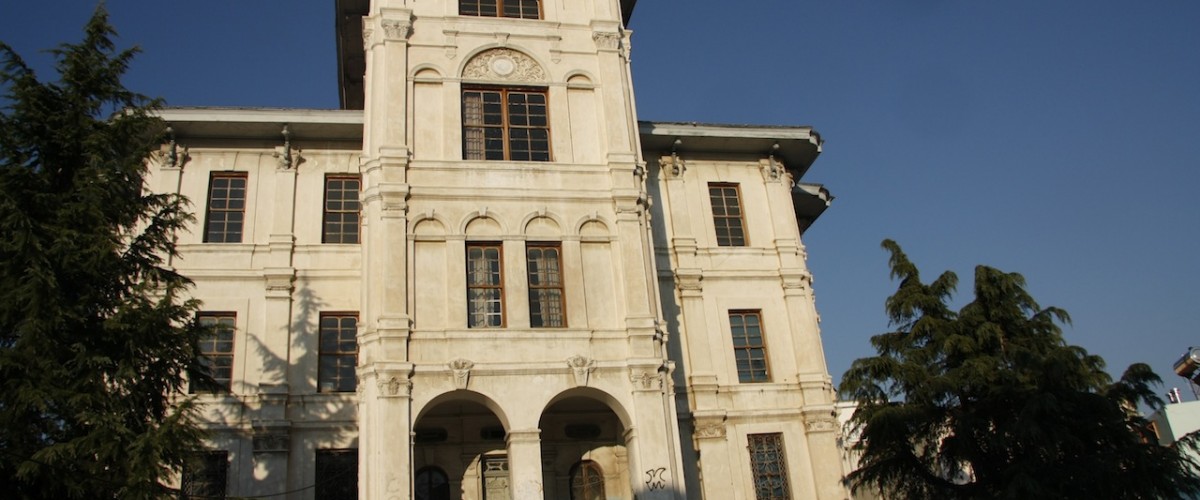


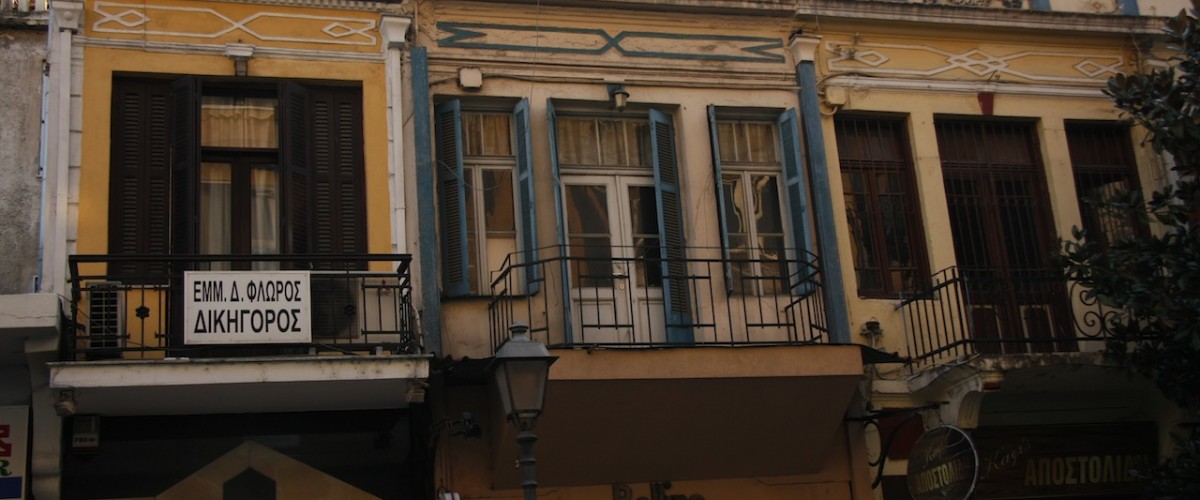





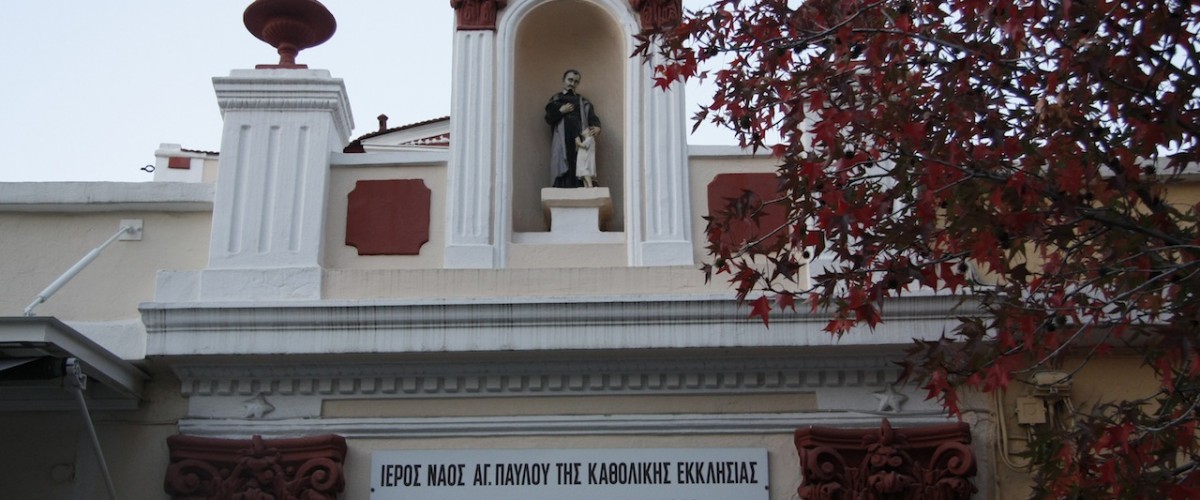

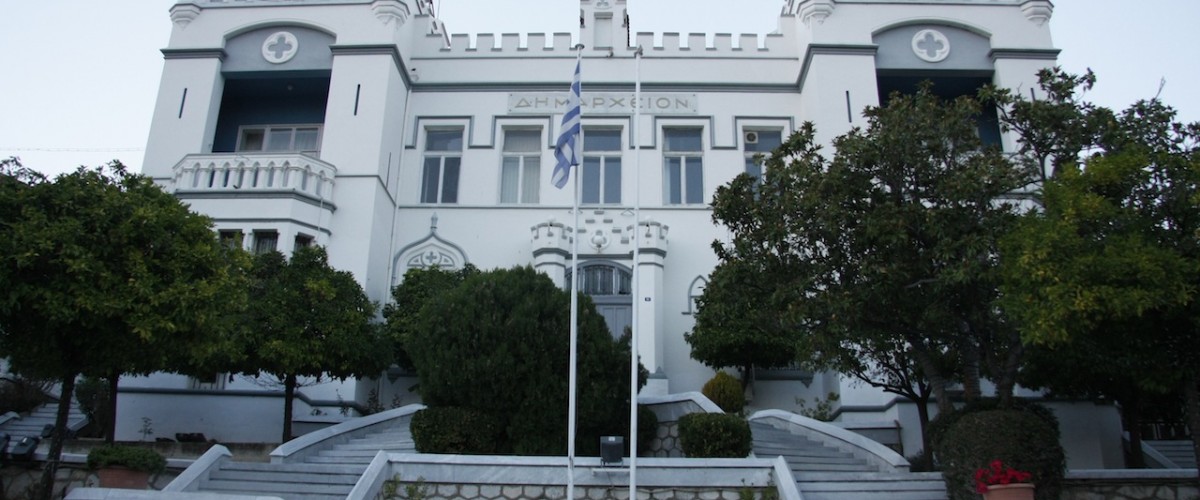
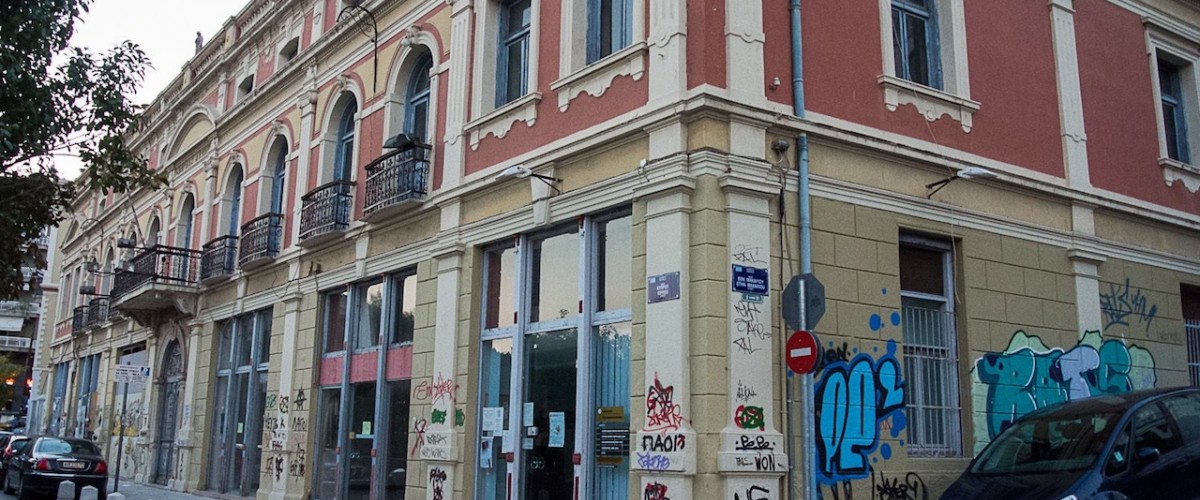




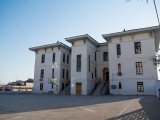
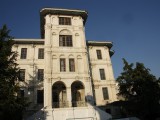
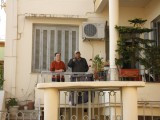




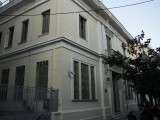
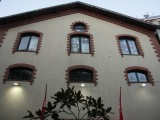

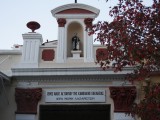




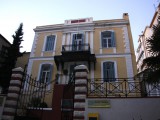





leave a comment